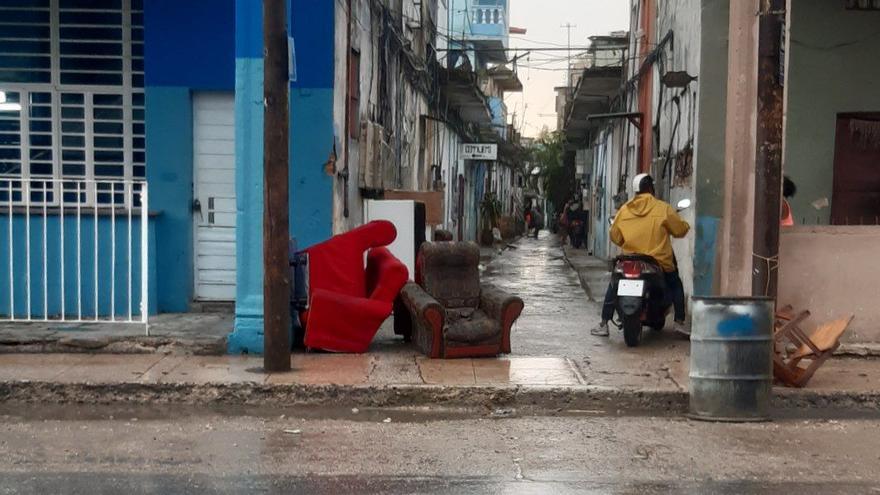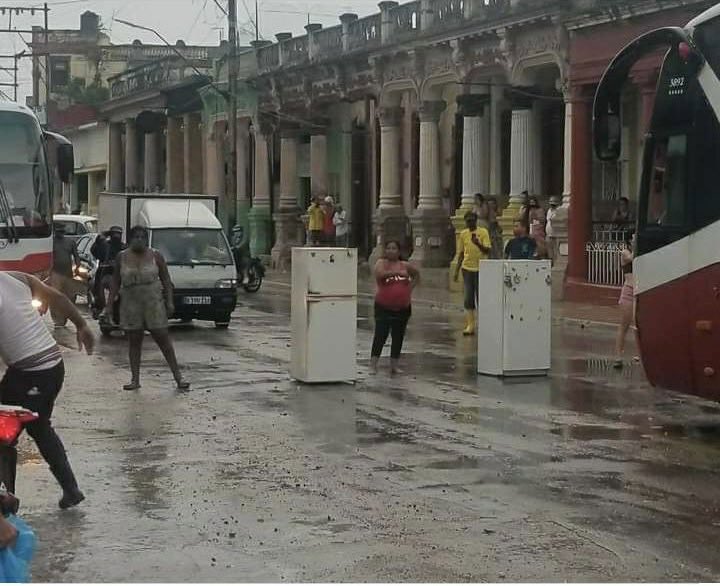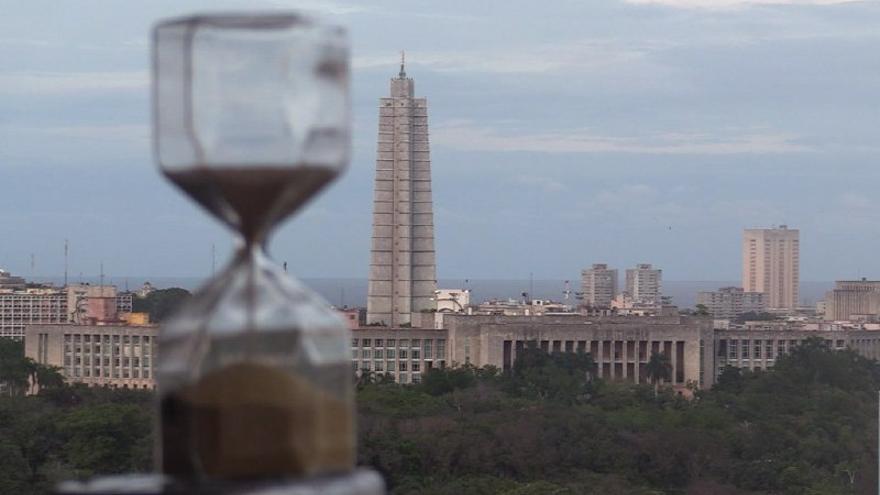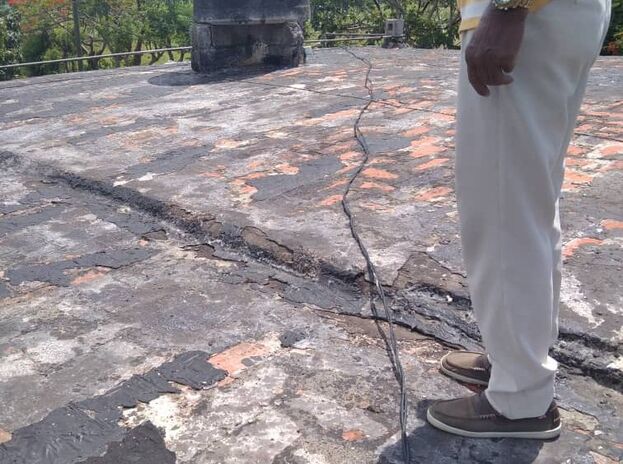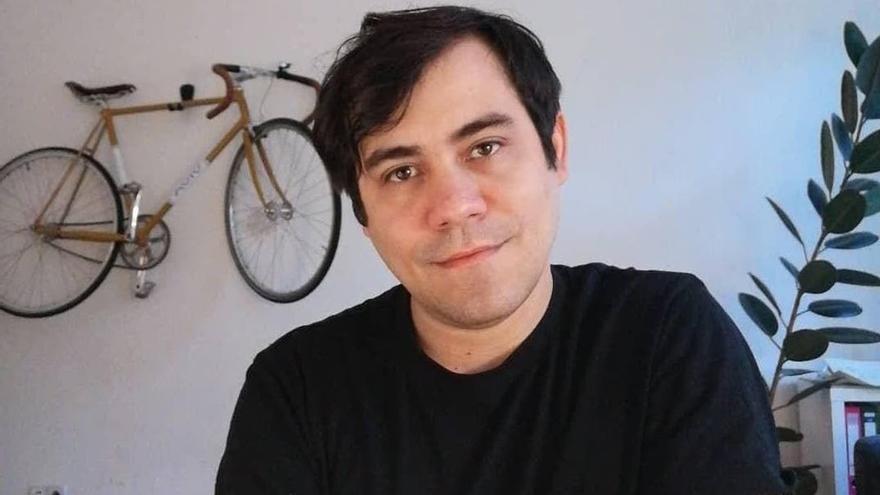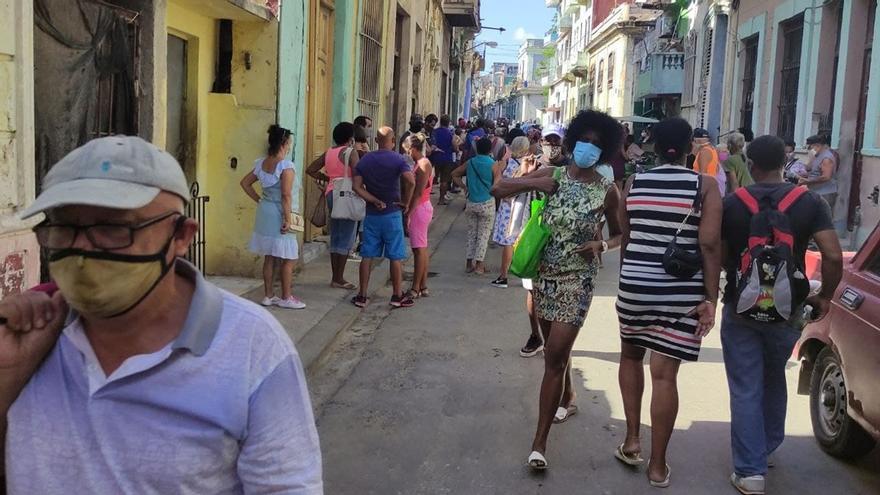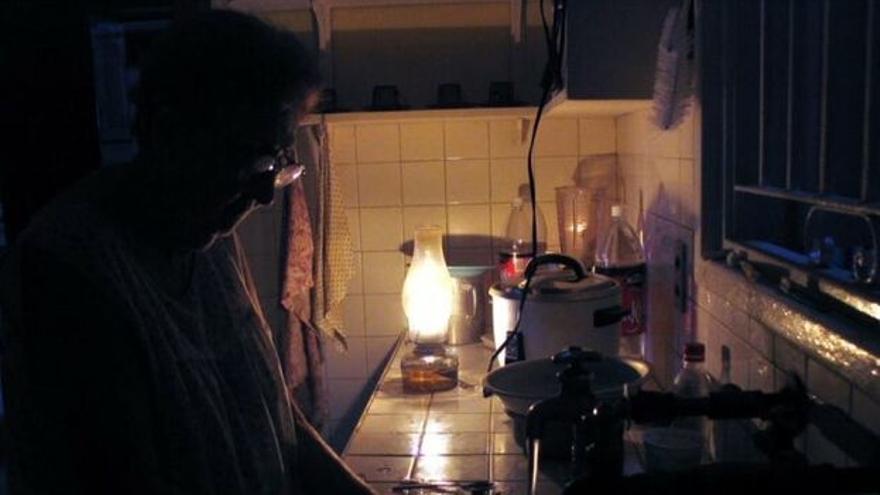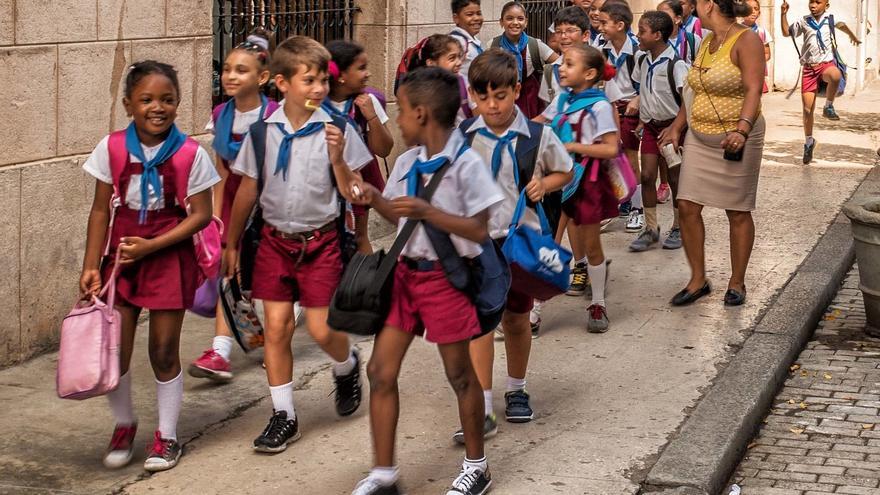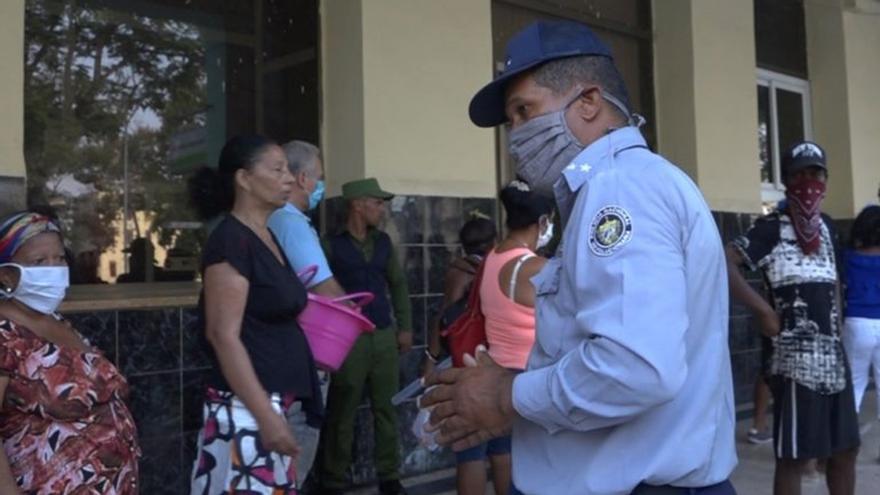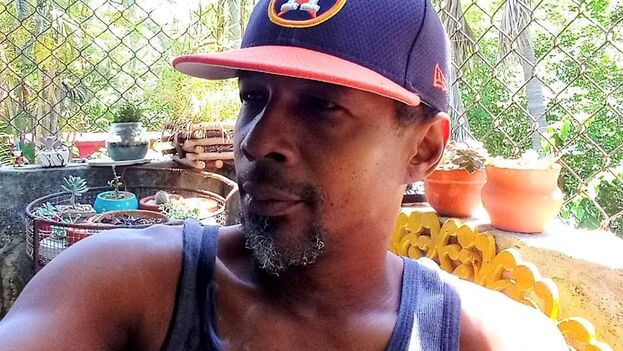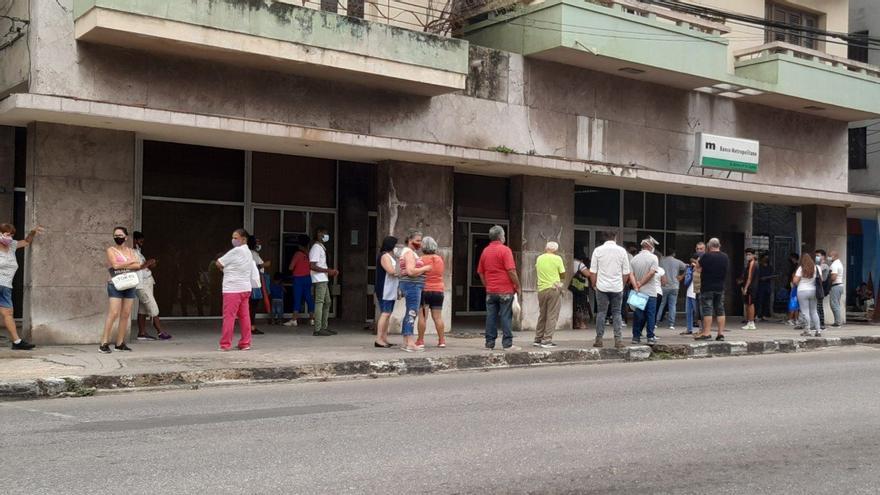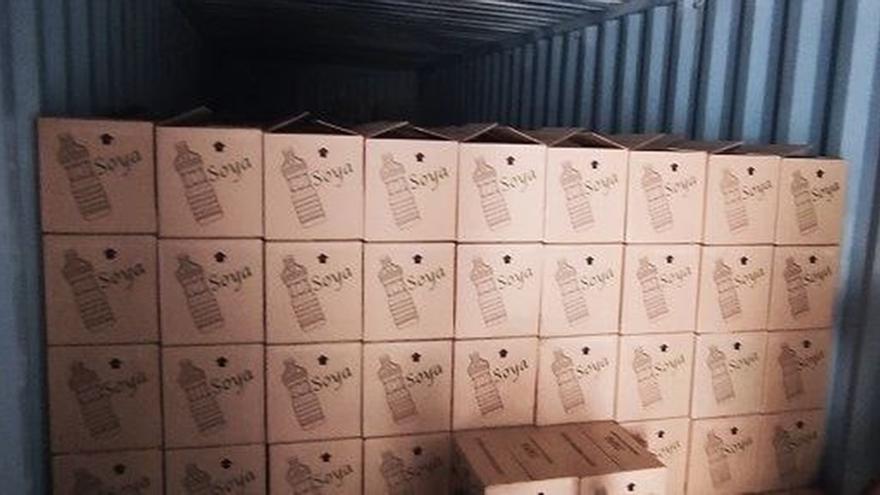
![]() 14ymedio, Mercedes García, Havana, 21 June 2021 — Four robberies in recent weeks of imported cooking oil intended for delivery to Sancti Spiritus — another six were from containers destined for Villa Clara — has set off alarm bells in the two central provinces’ government offices. The product is in short supply in stores and its price on the underground market has risen sharply, making it an attractive target for thieves, resellers and speculators.
14ymedio, Mercedes García, Havana, 21 June 2021 — Four robberies in recent weeks of imported cooking oil intended for delivery to Sancti Spiritus — another six were from containers destined for Villa Clara — has set off alarm bells in the two central provinces’ government offices. The product is in short supply in stores and its price on the underground market has risen sharply, making it an attractive target for thieves, resellers and speculators.
14ymedio received reports that dozens of liters of oil had gone missing from shipping containers while being transferred from the port of Mariel. Thefts like these always follow a consistent pattern: the containers arrive at their final destination with some of the cargo missing, though never enough to be readily noticed.
“So far, the robberies have occurred only when soybean oil is being transported. I have not seen this happening with any other type of oil. We’re not talking about large quantities being stolen because the containers carry up to 140 boxes, with 12 liters in each,” a source close to the case, who prefers to remain anonymous, explained to 14ymedio. continue reading
“All the containers have GPS and the drivers report making stops at the 200 and 250-kilometer marks on the National Highway, in other words between Matanzas, Cienfuegos and Villa Clara,” the source adds. Along this stretch, drivers make stops at the many houses offering food or at state-owned restaurants knows as Conejitos.
“The drivers theorize that thieves open the trucks’ doors while the vehicles are on the highway and remove the boxes of oil,” he says.
The source, who worked for years handling these types of administrative procedures, finds this explanation implausible. There are only three links in the transportation and security chain: the Mariel port personnel who dispatch the oil, the truck driver and the person who receives the merchandise in at its final destination.
The oil being transported to the country’s central provinces carries the label Ecasol, which belongs to a Havana-based company that bottles imported oil. In this case, the oil came from Brazil with the label already applied.
Due to shortages over the past year, vegetable oil shipments have become almost clandestine. “No one trusts the companies in charge of moving it from place to place because too many workers are involved, so it all has to be done under a cloak of total secrecy.”
The one-liter bottles of vegetable oil ultimately end up in local stores where, just a year ago, sales were unrestricted. They can now be bought only with a ration card. Cooking oil, along with detergent and bath soap, are among the most popular and scarce consumer products in Cuba.
“Whoever is stealing the oil already knows what’s in the container,” asserts the source. “These trucks have two-layers of protection: a plastic seal [on the box] and a seal on the bottle that is plastic on the outside and metal on the inside. You need a pair of heavy-duty scissors to open the second seal.”
The source points out that breaking through a truck’s security barriers while the vehicle is in motion “is no easy task, especially if you’re talking about a forty-foot container with no room behind it to sit down.” Another reason for skepticism is the small quantities involved, almost always around forty boxes, though in one of the Santa Clara robberies, fifty-six were stolen. A run-of-the-mill thief “would not risk it for such a small amount. He’d have to steal half the container. And he could even be injured if the driver found out.”
On June 9, seventeen boxes were reported missing from container #TITU991435-0, “the equivalent of 204 plastic bottles of oil,” according to a document filed by a representatives from a group Sancti Spiritus companies whose job it is to confirm whether or not orders are complete upon arrival. The document cites broken seals and quantities not matching those indicated on the shipping manifest.
Vegetable oil is widely used in Cuban kitchens, especially sunflower, soybean and corn oils. It serves as a substitute for lard, which has become increasingly scarce due to a shortage of animal feed.
The country economic crisis and the rise in prices since last January have made the product unaffordable for many. In the eastern provinces a liter of oil goes for about 350 pesos but the price is likely to rise even more due to the shutdown of production plant in Santiago de Cuba, one of the sources supplying the underground market.
Last week the price of a pound of lard reached a new high of 90 pesos in the city of Cienfuegos. The increase was due, in large measure, to the scarcity of oil, which has forced many families to seek out other sources of fat to cook the country’s traditional dishes that include fried foods, sauces and sofritos.
Cubans have once again resorted to frying chicken skin to render out the fat, mixing mineral oil — widely used in industrial processes — with animal fat, and using other cooking methods such as boiling, sautéing and steaming. However, many are still trying to buy oil on the underground market and even from thieves who steal it somewhere between the port and the neighborhood stores.
____________
COLLABORATE WITH OUR WORK: The 14ymedio team is committed to practicing serious journalism that reflects Cuba’s reality in all its depth. Thank you for joining us on this long journey. We invite you to continue supporting us by becoming a member of 14ymedio now. Together we can continue transforming journalism in Cuba.

